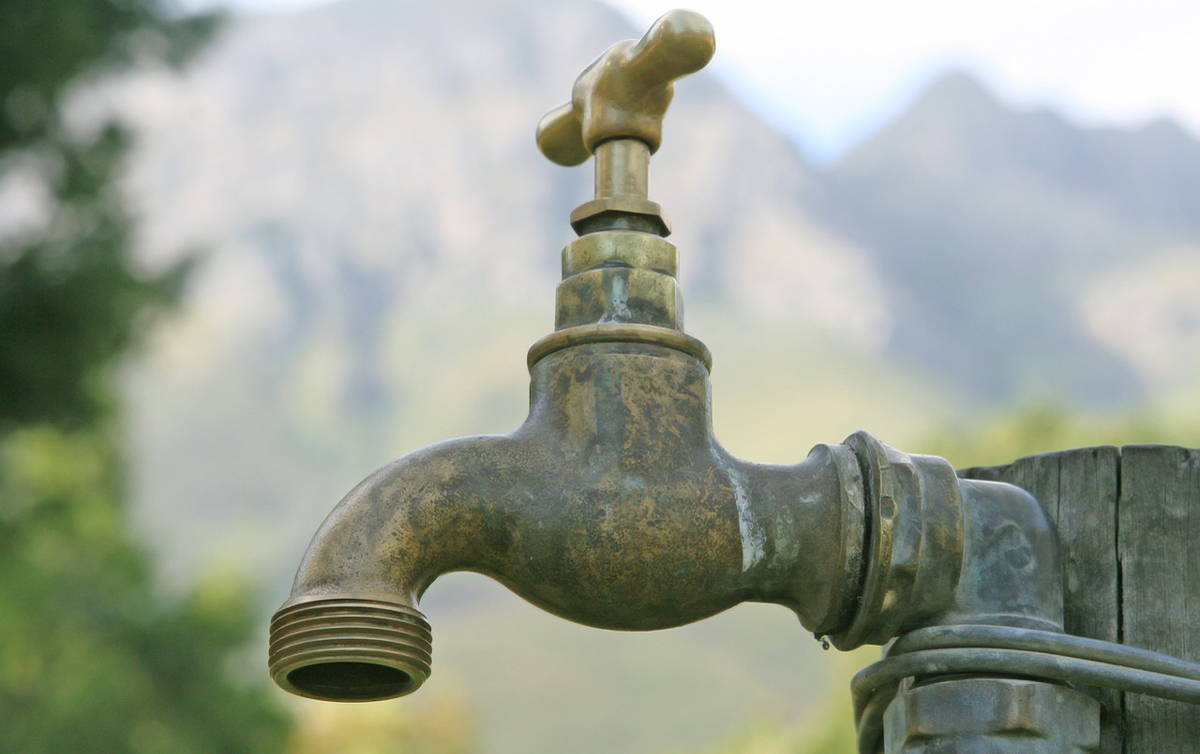
Letter to the editor: The Lake Powell Pipeline, conservation, and Navajo Sandstone
I note with appreciation a local newspaper’s recent Lake Powell Pipeline coverage (David DeMille articles in The Spectrum & Daily News of St. George, Utah Sept. 18, 19, and 21).
Disappointingly, I also notice from that coverage that Utah State and Washington County water and planning officials appear to be solely focused on the pipeline as the cure to all of our region’s future water needs while numerous local and statewide conservation groups wholly concentrate on future water savings linked to aggressive water conservation and higher usage fees.
However, there is a proven, clean, and reliable water resource that St. George City, and other neighboring towns, are currently using to supplement their water supplies — namely, the Navajo Sandstone regional aquifer. I recall no mention of this alternate water resource in any conversations about our local water needs.
I wonder how rigorously, or recently, our city and county water managers have studied the groundwater resources of this extensive and local Navajo Sandstone as an alternative to, or replacement of, their proposed long-distance Lake Powell Pipeline.
The U.S. and Utah Geological Surveys, as well as others, have extensively studied the Navajo Sandstone in the Virgin River basin since the 1970s. This Jurassic-age rock reservoir, which stretches from just north of St. George City, west past Motoqua, east pass Hurricane, and even extends underneath the Pine Valley Mountains can be more than 2,000 feet thick. It consists primarily of clean, well sorted sand with high porosity. Local cross-cutting fault zones add high degrees of permeability. The Navajo Sandstone has been recognized as the best-producing bedrock aquifer in Washington County.
Presumably, recommendations from some of those studies were acknowledged and implemented by previous local water managers as several water-well fields were drilled beginning in the early 1980s to supplement St. George’s water input.
In 2015, four small well fields (south of Gunlock, in Snow Canyon, and the Mill Creek and Ledges/Tolman areas) supplied 30 percent of St. George City’s annual water supply while natural springs on the slope of Pine Valley Mountain supplied another 10 percent. Sixty percent was purchased from Quail Creek WTP+Sand Hollow+Virgin River. (waterrights.utah.gov/wateruse/WaterUseList.asp).
Though these percentages are a very significant component of the city’s water system, the geologist in me suspects there are many magnitudes more recoverable water in our next-door Navajo Sandstone. In fact, the quantity might dwarf the annual water quantity as proposed for the Lake Powell Pipeline.
The costs of drilling new water wells on appropriate public and/or private lands, and linking those wells with smaller-diameter and much shorter-length water pipelines, would be much less expensive and developable sooner than the proposed Lake Powell Pipeline. In addition, expanded water conservation efforts and higher consumer water costs should also be considered.
Surely this potentially immense water source should be further explored and developed and I feel preferred over the Lake Powell Pipeline. Increased use of this very thick, clean, and even possibly renewal resource with new water-well fields may be a cost-effective alternative to the Lake Powell Pipeline.
Thank you for the opportunity to voice my opinion!
Terry Massoth
St. George
The viewpoints expressed above are those of the author and do not necessarily reflect those of The Independent.
How to submit an article, guest opinion piece, or letter to the editor to The Independent
Do you have something to say? Want your voice to be heard by thousands of readers? Send The Independent your letter to the editor or guest opinion piece. All submissions will be considered for publication by our editorial staff. If your letter or editorial is accepted, it will run on suindependent.com, and we’ll promote it through all of our social media channels. We may even decide to include it in our monthly print edition. Just follow our simple submission guidelines and make your voice heard:
—Submissions should be between 300 and 1,500 words.
—Submissions must be sent to editor@infowest.com as a .doc, .docx, .txt, or .rtf file.
—The subject line of the email containing your submission should read “Letter to the editor.”
—Attach your name to both the email and the document file (we don’t run anonymous letters).
—If you have a photo or image you’d like us to use and it’s in .jpg format, at least 1200 X 754 pixels large, and your intellectual property (you own the copyright), feel free to attach it as well, though we reserve the right to choose a different image.
—If you are on Twitter and would like a shout-out when your piece or letter is published, include that in your correspondence and we’ll give you a mention at the time of publication.



